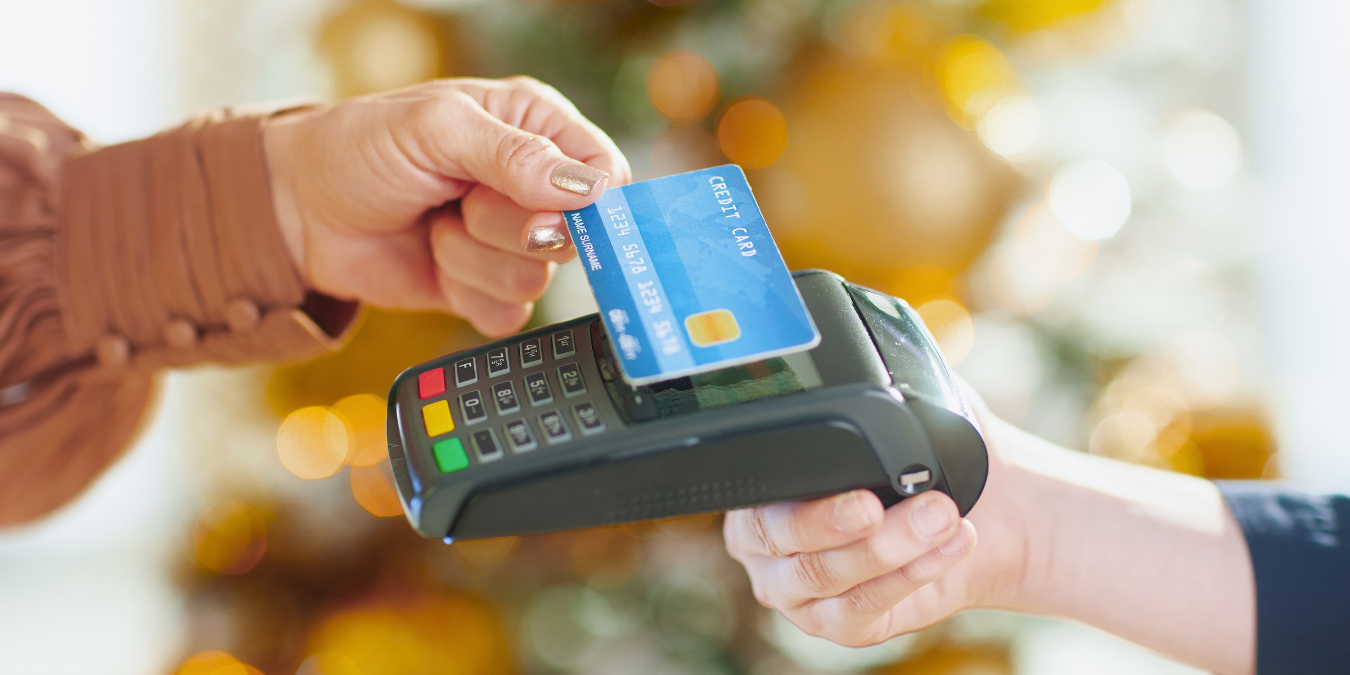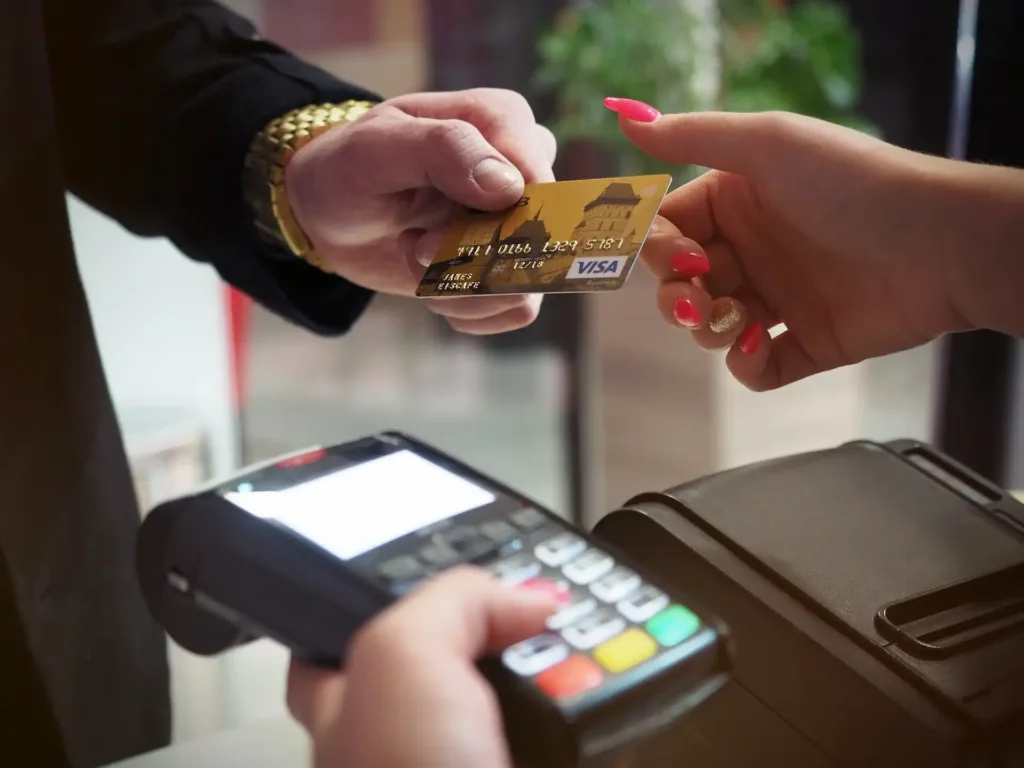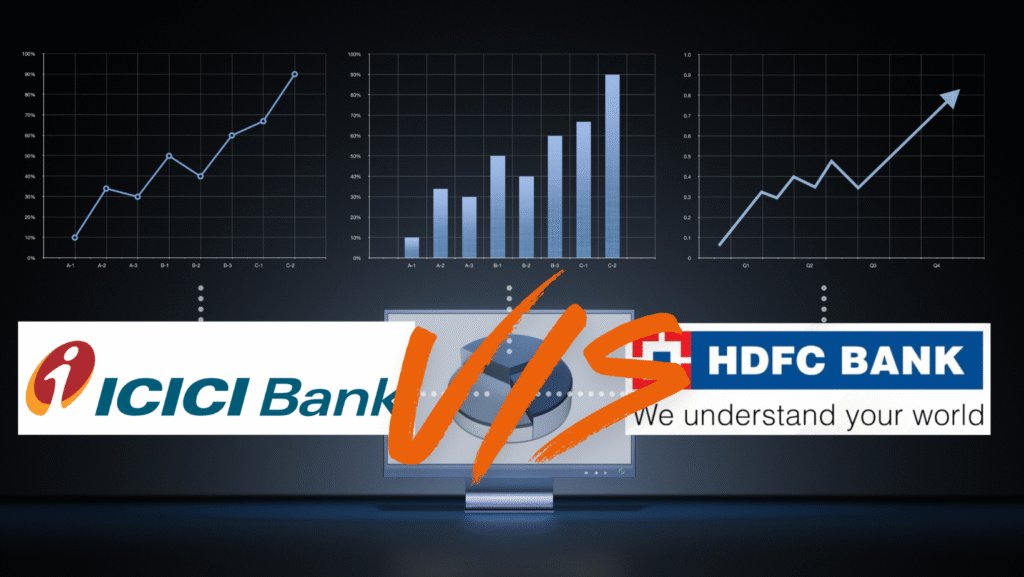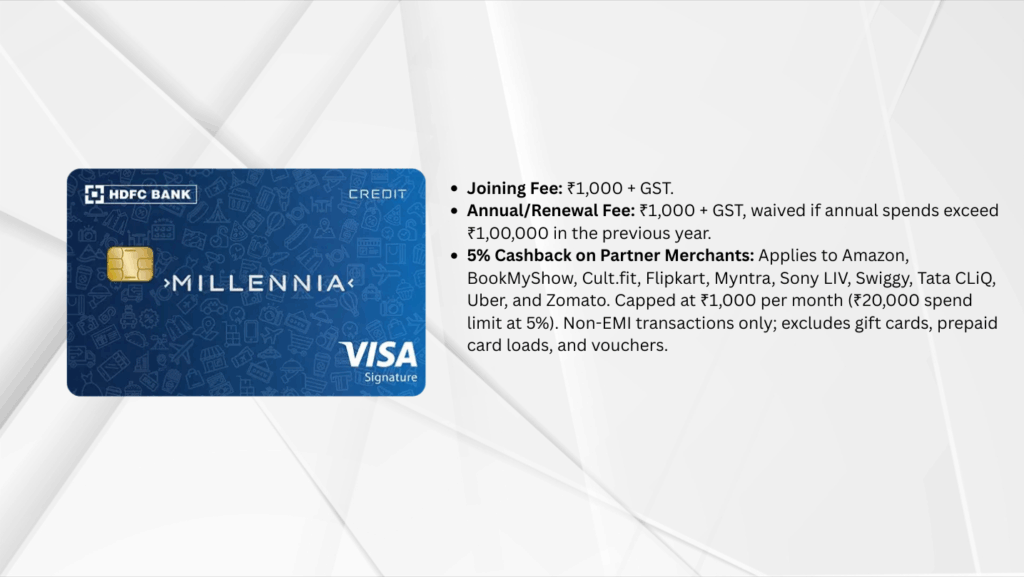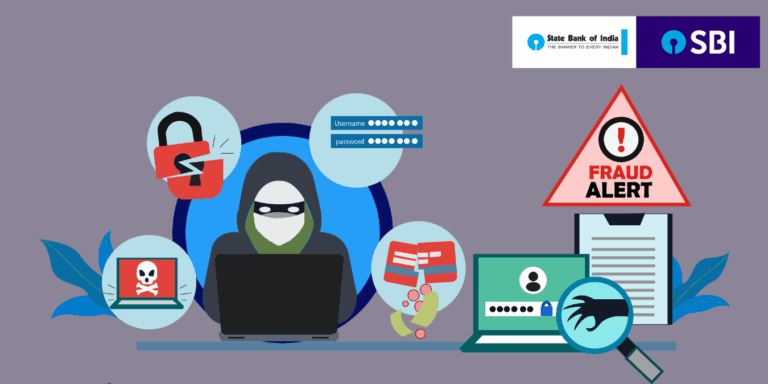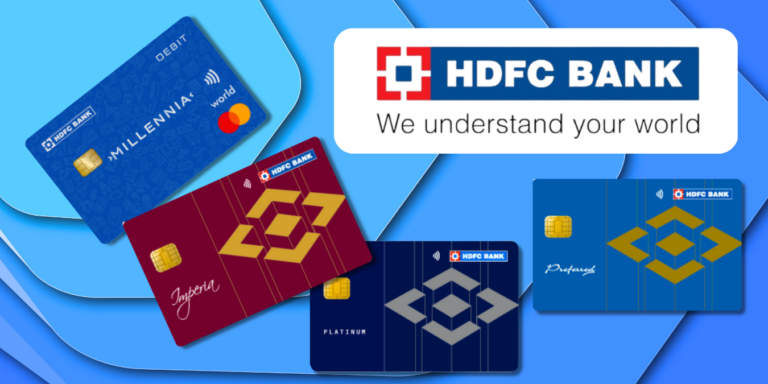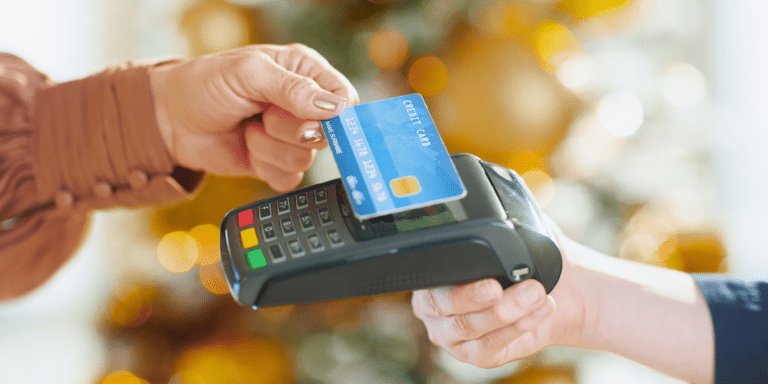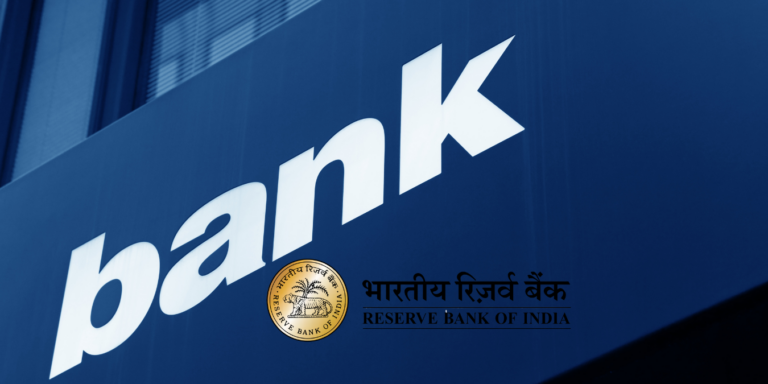
Digital banking has revolutionized the way we manage our finances, offering unparalleled convenience and accessibility. However, this shift towards digital platforms has also opened new avenues for scammers to exploit. In this blog post, we will explore the various risks associated with digital banking, the common types of scams, how scammers operate, warning signs to watch out for, and measures to protect yourself. By understanding these aspects, you can enjoy the benefits of digital banking while staying vigilant against potential threats.
“How digital banking, while convenient, can open the door for scammers. Learn about the latest scam tactics, common types of digital banking fraud, and how to protect yourself. This comprehensive guide covers phishing, fake accounts, account takeovers, and more. Stay informed with the latest statistics and security measures to safeguard your finances. Understand the warning signs and proactive steps to prevent falling victim to scams. Empower yourself with knowledge and stay one step ahead of cybercriminals in the digital banking world. Read on to ensure your online banking experience remains secure and worry-free.”
The Rise of Digital Banking
Digital banking has seen exponential growth in recent years. According to recent statistics, the digital banking market was valued at USD 10.9 trillion in 2023 and is expected to grow at a CAGR of over 3% between 2024 and 2032. This growth is driven by technological advancements, evolving regulatory demands, and the widespread adoption of digital solutions. Most consumers now prefer managing their bank accounts through mobile apps or computers, with 71% of users favoring digital banking over traditional methods.
Some of the latest statistics on digital banking:
- Adoption Rates: As of 2024, 71% of consumers prefer managing their bank accounts through a mobile app or computer. This trend is particularly strong among millennials, with 74% favoring digital banking.
- Growth Projections: The number of digital banking users worldwide is expected to reach 3.6 billion by 2024. In the United States alone, the number of digital banking users is projected to be around 216.8 million by 2025.
- Consumer Satisfaction: A significant majority of consumers (97%) rate their mobile and online banking experience as “excellent,” “very good,” or “good”. Additionally, 79% of customers believe that digital innovations in banking make services more accessible.
- Security Concerns: Despite the popularity of digital banking, 30% of customers who do not have an online bank account cite security concerns as a primary reason.
- Transaction Preferences: In 2022, 78% of adults in the U.S. preferred to bank via a mobile app or website, while only 29% preferred in-person banking. Debit cards remain the primary payment method for 57% of Americans.
These statistics highlight the growing reliance on digital banking and the importance of addressing security concerns to maintain consumer trust.
Common Types of Digital Banking Scams
Scammers are constantly evolving their tactics to exploit new technologies and trends. Here are some of the latest scam tactics to watch out for:
1. AI-Powered Scams
- Phishing and Smishing: Scammers use AI to create highly convincing phishing emails and text messages that mimic official communications, tricking victims into sharing personal information.
- Deepfake Videos: AI-generated videos are used to promote fake products, services, or investments. Scammers also use real-time face-swapping tools to impersonate others.
- Cloned Voices: AI-generated voices mimic loved ones or authority figures to manipulate victims over the phone.
2. Imposter Scams
- Digital Contact: Scammers increasingly use text or email to pose as trusted figures, such as government agents or bank representatives, to gain access to personal information or money.
- Fake Alerts and Invoices: Scammers send fake alerts or invoices claiming to be from legitimate organizations, urging victims to provide sensitive information or make payments.
3. Sextortion Scams
- Targeting Teens: Scammers pretend to be young women to befriend teens online, sharing stolen or AI-generated explicit photos to coerce victims into reciprocating. They then threaten to expose the images unless paid.
4. Romance Scams
- Fake Profiles: Scammers use fake profiles on dating apps and social media to build relationships. With AI, they can create deepfake video calls or hire models to enhance their deception. Once trust is established, they request money or promote fraudulent investments.
- Accidental Text Messages: Scammers send texts meant to seem like mistakes (e.g., “Sorry, I’m running late”). If you respond, it can lead to a drawn-out scam.
5. Phone-Related Scams
- Malicious Apps: Fake apps steal personal information or use in-app purchases to commit fraud.
- SIM Swapping: Scammers transfer your phone number to a different SIM card to gain access to your accounts.
6. Parcel Scams
- Fake Delivery Notifications: Scammers send fake delivery notifications via email or text, prompting victims to click on malicious links or provide personal information.
7. Loan Fee Fraud
- Fake Loan Offers: Scammers charge people for fake loans they never receive, exploiting those in financial distress.
8. Authorized Push Payment (APP) Fraud
- Impersonating Trusted Entities: Scammers trick victims into authorizing payments by posing as trusted entities, such as banks or utility companies.
9. Investment Scams
- Cryptocurrency and Forex: Scammers promote fake investment opportunities in cryptocurrency and forex trading, promising high returns to lure victims.
Protecting Yourself
- Stay Skeptical: Be cautious of unexpected communications, even if they seem authentic. Verify the sender through a trusted source.
- Educate Yourself: Stay informed about the latest scam tactics and share this knowledge with friends and family.
- Use Security Tools: Enable two-factor authentication, use strong passwords, and keep your software updated to protect against cyber threats.
By staying informed and vigilant, you can protect yourself from these evolving scam tactics.
How Scammers Exploit Digital Banking
Scammers leverage various technologies and tactics to exploit digital banking systems:
- Technology Exploitation: Fraudsters use advanced tools to bypass security measures, such as CAPTCHA and ID verification, to create fake accounts or gain access to legitimate ones.
- Social Engineering: Scammers manipulate individuals into divulging confidential information through deceptive tactics, such as posing as bank representatives.
- Case Studies: Real-life examples highlight the sophistication of these scams. For instance, phishing attacks have become increasingly convincing, with emails mimicking legitimate bank communications.
Warning Signs of Digital Banking Scams
Being aware of the warning signs can help you identify potential scams:
- Unsolicited Emails and Messages: Be cautious of emails or messages asking for personal information or urging you to click on suspicious links.
- Fake Websites and Apps: Verify the authenticity of websites and apps before entering any sensitive information. Look for slight misspellings in URLs and outdated logos.
- Suspicious Transactions: Regularly monitor your account for unusual activity, such as small trial transactions or unexpected withdrawals.
Protecting Yourself from Digital Banking Scams
Protecting yourself from digital banking scams involves a combination of vigilance, good practices, and leveraging available security tools. Taking proactive steps can significantly reduce your risk of falling victim to scams:
1. Use Strong, Unique Passwords
- Create Complex Passwords: Use a mix of letters, numbers, and special characters. Avoid using easily guessable information like birthdays or common words.
- Unique Passwords for Each Account: Ensure that each of your accounts has a different password to prevent a single breach from compromising multiple accounts.
2. Enable Two-Factor Authentication (2FA)
- Extra Layer of Security: 2FA requires a second form of verification, such as a code sent to your phone, in addition to your password. This makes it harder for scammers to access your accounts even if they have your password.
3. Be Wary of Phishing Attempts
- Verify Emails and Messages: Always check the sender’s email address and look for signs of phishing, such as urgent language or suspicious links. Contact your bank directly if you’re unsure about a message’s legitimacy.
- Avoid Clicking on Links: Instead of clicking on links in emails, type the bank’s URL directly into your browser to ensure you’re visiting the legitimate site.
4. Monitor Your Accounts Regularly
- Frequent Checks: Regularly review your bank statements and account activity to spot any unauthorized transactions early.
- Set Up Alerts: Many banks offer alert services that notify you of large transactions or changes to your account.
5. Avoid Public Wi-Fi for Banking Transactions
- Use Secure Networks: Public Wi-Fi networks are often less secure and can be exploited by hackers. Use a secure, private network or a VPN when accessing your bank accounts.
6. Keep Your Software and Devices Updated
- Regular Updates: Ensure your operating system, browser, and any banking apps are up to date. Updates often include security patches that protect against new threats.
- Install Security Software: Use antivirus and anti-malware programs to protect your devices from malicious software.
7. Secure Your Personal Information
- Be Cautious with Personal Data: Only provide personal information on secure websites (look for “https” in the URL) and avoid sharing sensitive information over email or phone unless you initiated the contact.
- Shred Sensitive Documents: Dispose of documents containing personal information securely to prevent identity theft.
8. Educate Yourself on Current Scams
- Stay Informed: Keep up to date with the latest scam tactics and cybersecurity threats. Many banks and cybersecurity organizations provide resources and alerts about new scams.
By following these steps, you can significantly reduce your risk of falling victim to digital banking scams. Always stay vigilant and proactive in protecting your financial information. If you have any more questions or need further details, feel free to ask!
What Banks Are Doing to Combat Scams
Banks are implementing various measures to protect their customers from digital banking scams:
- Fraud Detection Systems: Advanced AI-powered systems are used to detect and prevent fraudulent activities in real-time.
- Customer Education: Banks are investing in customer education programs to raise awareness about common scams and how to avoid them.
- Collaboration with Authorities: Financial institutions collaborate with law enforcement agencies to track and apprehend scammers.
Digital banking offers numerous benefits, but it also comes with risks. By staying informed about the common types of scams, recognizing warning signs, and taking proactive measures to protect yourself, you can enjoy the convenience of digital banking while minimizing the risk of falling victim to fraud. Remember, vigilance and awareness are your best defenses against digital banking scams.
-
SBI, HDFC & 5 Other Prominent Indian Banks Cut FD Rates After RBI Repo Cuts
RBI’s repo slash triggered 7 top banks to gut FD rates—SBI, HDFC, ICICI slash yields overnight. But retirees
-
HDFC Bank’s Lounge Access Shock: Why Your Debit Card Perk Just Got 2X Tougher
HDFC just DOUBLED lounge access spends to Rs 10k—shocking millions! But wait: a SECRET Infiniti loophole unlocks 16
-
High-Value Credit Card Payments: The Silent Trigger for Section 148 Notices
Your coffee swipe is secretly arming tax sleuths with a ₹1.12 crore raid blueprint—but how? Uncover 2025’s hidden


